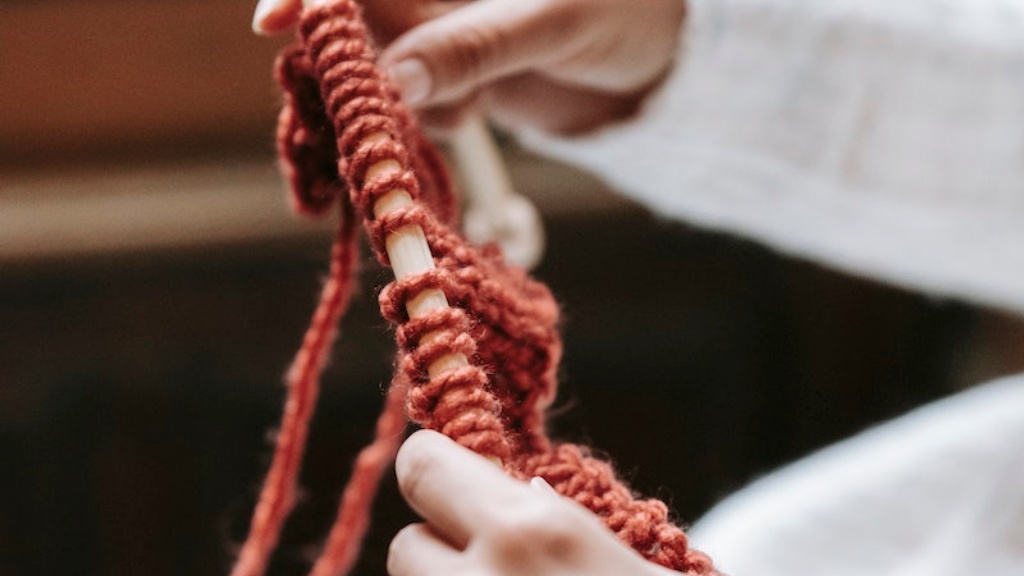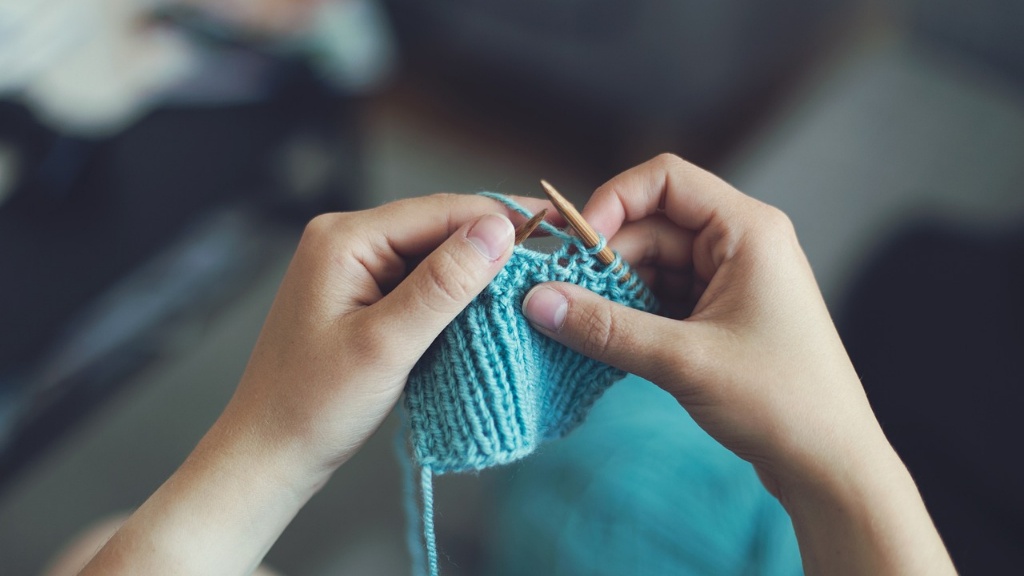How to Make a Sewing Machine Foot Pedal Pad
Every sewing enthusiast, regardless of skill level, should be aware of the potential hazards of regular use of their machine’s foot pedal. Since regular use can cause undue stress on the user’s feet, ankles, and body, it is essential to protect yourself and your machine from these effects. Making a foot pedal pad can help reduce wear and tear levels, protect your feet from fatigue, and create a more efficient and comfortable sewing experience.
Background Information about Foot Pedal Pads
Foot pedal pads help to reduce both physical stress and machine noise from extended use. Sturdy and durable foot pedal pads are essential for any serious sewist and can make a big difference in both comfort and machine performance. Padding absorbs energy exchanging between the foot and the pedal, which prevents the transmission of excess vibrations that otherwise would have been created by the movement.
In addition to comfort, this type of pad reduces or eliminates noise transmission. This makes it a good option if you need to cut down on excessive vibration or sound transfer without replacing or upgrading the foot pedal itself.
These types of pads can be made from a variety of materials such as rubber, foam, felt, or fabric. The materials used to make the pad should be firm enough to prevent the foot pedal from being pushed down too far, but at the same time soft enough to absorb energy from the foot.
Essential Tools Needed for Making the Pad
Making a foot pedal pad is a relatively simple task, but there are some essential tools that you will need. Firstly, you will need a sewing machine, of course. Secondly, materials such as a piece of rubber, foam, felt, or fabric. You will also need a pair of scissors and a needle and thread.
In addition to these items, you may want to consider investing in a sewing machine foot pedal protector. These are inexpensive and can help protect your foot from injury or discomfort due to the hard plastic of the pedal.
Steps for Making the Foot Pedal Pad
To make a foot pedal pad, you will need to cut the material of your choice into the size and shape of the foot pedal. Then you will need to sew the edges to secure the pad. However, it is important to make sure that the pad is large enough to securely cover the entire pedal.
Once the pad has been cut and sewn, you will need to attach it to the foot pedal. If you are using a sewing machine foot pedal protector, you will just need to slip the protector into the pad and attach it with a few stitches. If you are using foam, felt, or fabric, you will need to attach the pieces to the pedal using glue or a strip of material secured to the bottom of the pedal with a few stitches.
Once the pad is attached to the foot pedal, you can use it to reduce noise and vibration transfer to the user’s feet and prevent the foot pedal from being pushed too far down. The pad can also add extra comfort for your feet since the material absorbs some of the energy from the pedal, which can help reduce overall fatigue and make it easier to stay in place during long sewing sessions.
Alternative Solutions for Sewists
In addition to making a foot pedal pad, there are a few alternative solutions that can help reduce wear and tear on the foot pedal and keep it in good condition for longer. One such solution is to swap out the foot pedal for a more durable model, such as one made of aluminum or steel. This type of pedal is usually more expensive, but it is also much more durable and can last a long time.
Another solution is to use a foot pedal spacer or extension. These are designed to be used in conjunction with the foot pedal to increase its surface area, which helps to dissipate some of the energy from the pedal. This can help to reduce the amount of strain on the foot and help to keep the foot pedal in better condition for longer.
Finally, there are a variety of commercially available foot pedal covers that can help to protect the foot pedal from dirt, dust, and moisture. These covers are usually made of lightweight and durable materials and can help to keep the foot pedal in good condition even after extended use.
Advantages and Disadvantages of Pads
Making a foot pedal pad offers a number of advantages. It is inexpensive and can be done quickly and easily. It also helps to protect both the foot pedal and the user’s feet from wear and tear due to regular use. Furthermore, the extra padding helps to reduce noise and vibration transfer and can help to make sewing a more comfortable experience for the user.
However, there are also some drawbacks to this method. For one, the material used to make the pad needs to be firm enough to prevent the foot pedal from being pushed too far down, but at the same time soft enough to absorb energy from the foot. Finding the right balance can be difficult, and the wrong pad can cause more harm than good.
In addition, if you are using fabric or felt to make the pad, you will need to be careful when washing it to make sure that it keeps its shape and doesn’t shrink or wear down too quickly. If a pad is made of rubber or foam, it will usually last longer, but it will also be heavier and less portable.
Essential Safety Tips
It is important to remember that sewing machine foot pedals carry a certain amount of risk and should be used with caution. When using a foot pedal, make sure that you are wearing shoes that provide good support and that you are taking regular breaks to prevent fatigue.
In addition, make sure that your foot paddle is in good condition and that it is well maintained. Keep the pedal away from moisture and dirt, and inspect it regularly for signs of damage or wear. And finally, if you notice any strange noises coming from the foot pedal, it is a good idea to stop using it and have it checked by a professional.
Troubleshooting Problems
If you are having problems getting your foot pedal pad to stay in place or it is slipping off, then you may need to adjust its size. If the pad is too small, then it won’t be able to provide a stable surface for your foot to rest on. If the pad is too large, then it may be difficult to attach it securely to the foot pedal.
Another possibility is that the material used to make the pad is too soft or too firm. If the material is too soft, then it won’t be able to absorb energy from the foot and the foot pedal won’t stay in place. If the material is too firm, then it will be uncomfortable on the foot and the foot pedal won’t move as freely.
Finally, if you are having trouble getting the foot pedal pad to stay in place, then you may need to use additional securing materials such as glue, Velcro, or a strip of material secured to the back of the foot pedal with a few stitches.
Cleaning and Maintaining the Foot Pedal Pad
Cleaning and maintaining your foot pedal pad is essential for ensuring your health and safety as well as prolonging the life of the pad. If you are using a fabric or felt pad, then you should be sure to wash it regularly using a mild detergent and air dry it. If you have a rubber or foam pad, then you should wipe it down with a damp cloth and let it dry naturally.
In addition, it is important to inspect the pad regularly for signs of wear and tear. If it becomes worn or torn, then it should be replaced immediately. Regularly checking the foot pedal pad can help to ensure that your sewing experience is a safe and comfortable one.
Conclusion
Making a foot pedal pad for your sewing machine is a great way to reduce noise, vibration, and fatigue from regular use. While it can be a relatively simple task, there are some essential tools and materials you should be aware of before beginning the process. Additionally, there are some essential safety tips and considerations to keep in mind in order to ensure the longevity of your foot pedal and the best possible sewing experience.





